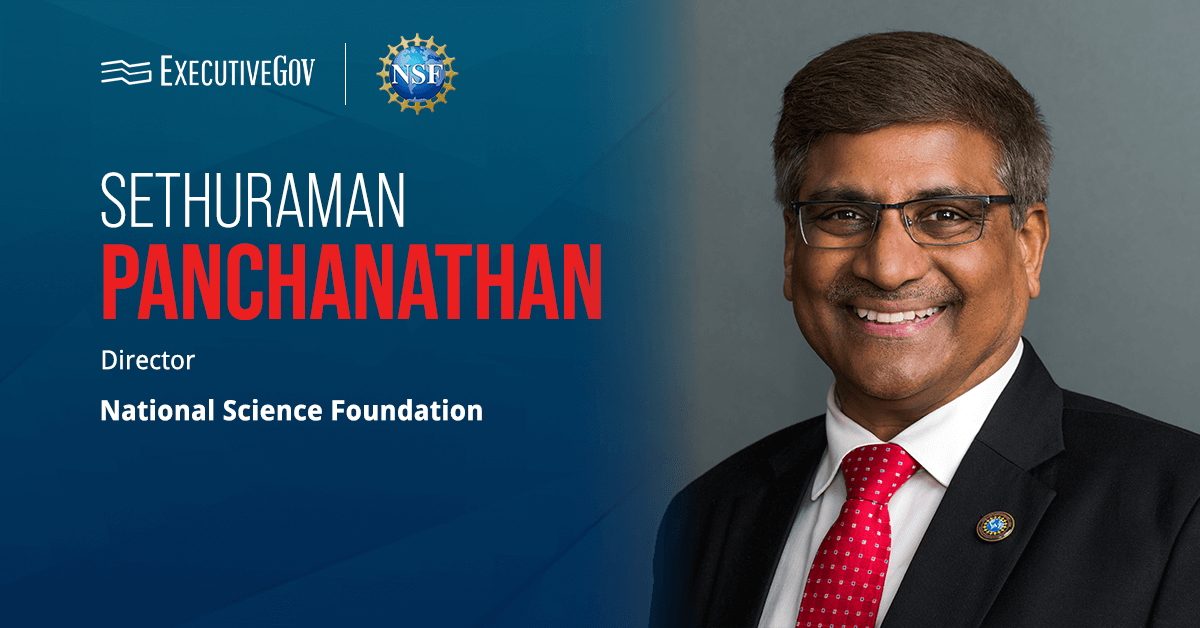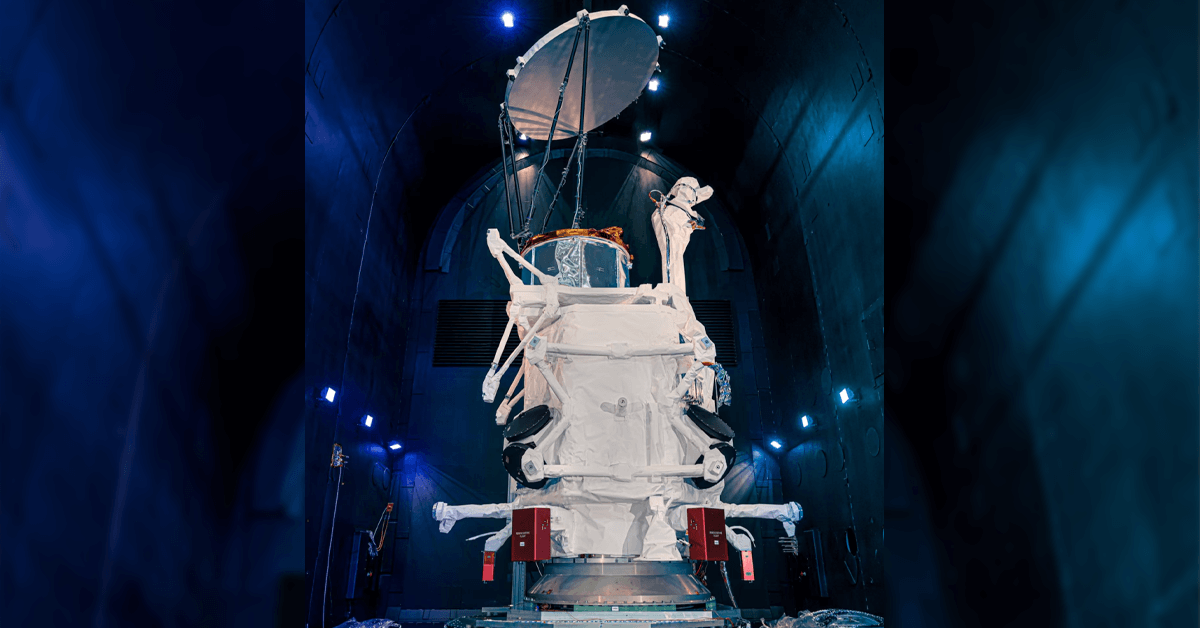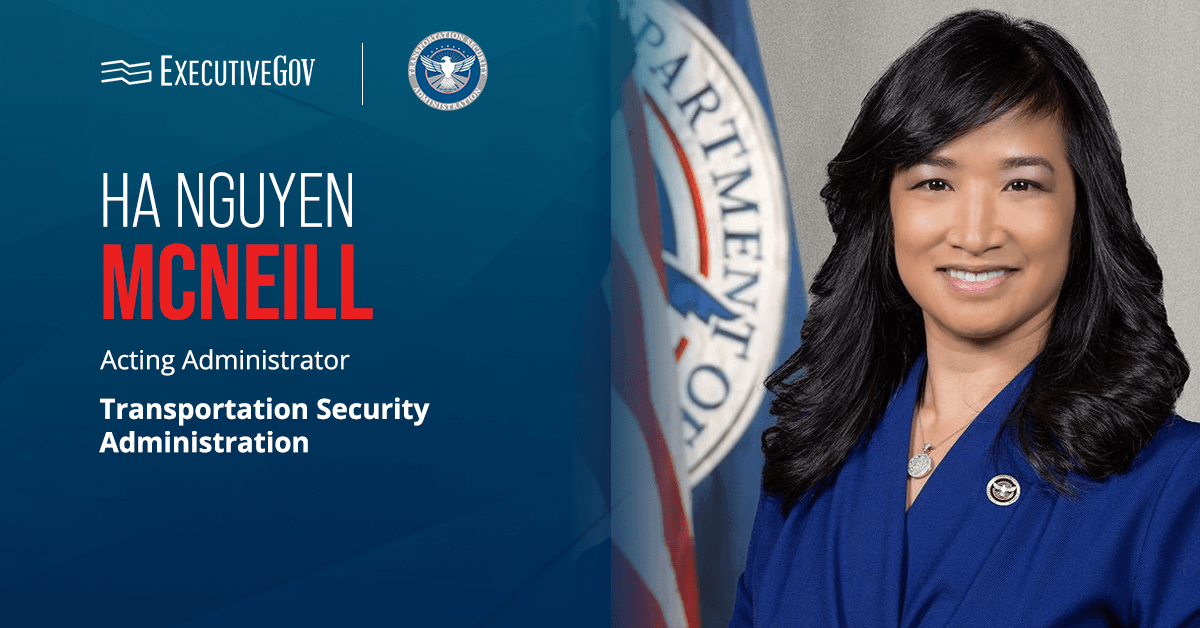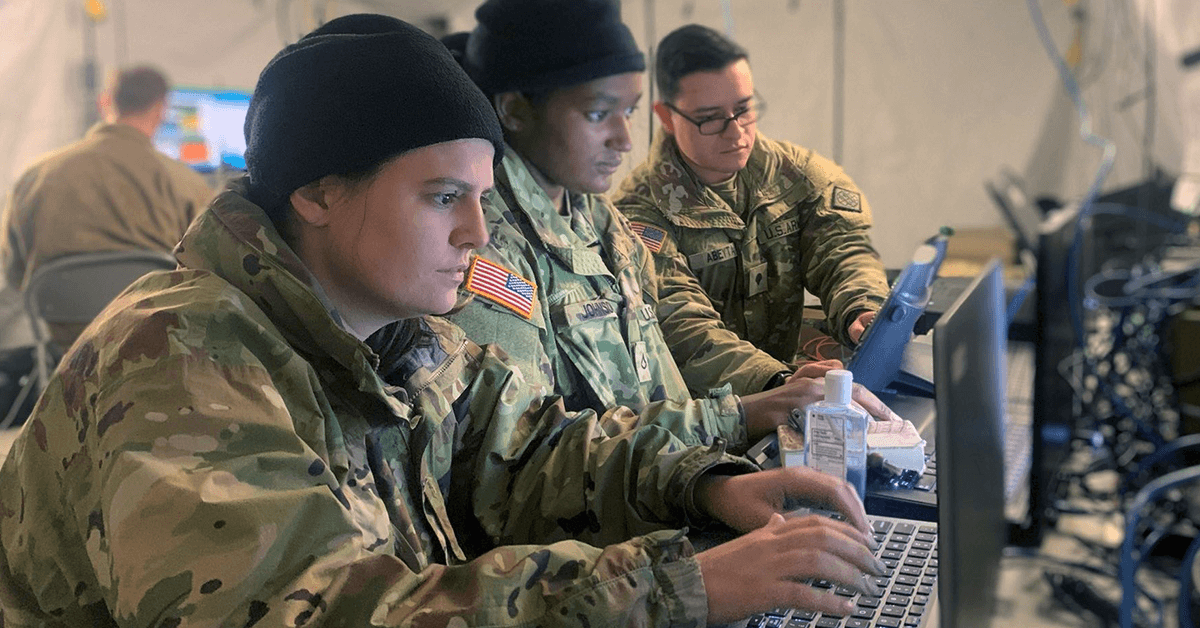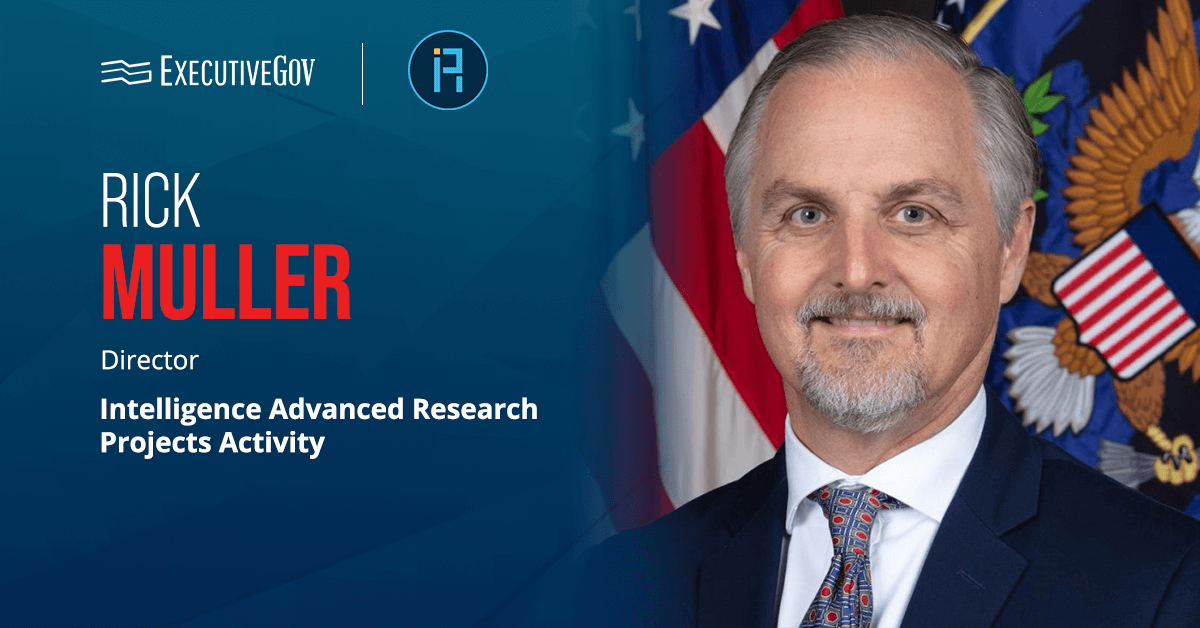Sethuraman Panchanathan announced his decision to resign as director of the U.S. National Science Foundation, effective April 24.
In a statement released by NSF Thursday, Panchanathan expressed his gratitude to Presidents Donald Trump and Joe Biden, Congress and NSF personnel.
“It has been an honor and privilege to serve as the director of NSF for the last five years,” said Panchanathan. “I believe I have done all I can to advance the critical mission of the agency and feel that it is time for me to pass the baton to new leadership,” he added.
Panchanathan was unanimously confirmed by the Senate as the 15th director of the NSF in June 2020 after President Trump nominated him for the leadership role in December 2019. He continued to serve under President Biden.
Table of Contents
NSF Achievements Under Panchanathan
In an internal email obtained by Nextgov/FCW, the outgoing NSF director highlighted some of the agency’s achievements during his tenure. This includes the deployment of 27 artificial intelligence institutes and the advancement of multiple scientific research discoveries.
“I wish the very best for the agency and will always look proudly at the numerous accomplishments and impact we have had,” added Panchanathan.
Panchanathan’s Career History
Before joining NSF, Panchanathan spent over 27 years at Arizona State University as a professor in the Department of Computer Science and Engineering. He held other significant positions at the university, including executive vice president for knowledge enterprise development and chief research and innovation officer. He was also the founder and director of the Center for Cognitive Ubiquitous Computing, director of the Institute for Computing and Information Science and Engineering and founder of the School of Computing and Informatics and the Biomedical Informatics Department.
Earlier in his career, Panchanathan co-founded MotionEase and taught at the University of Ottawa as an associate professor for eight years.


